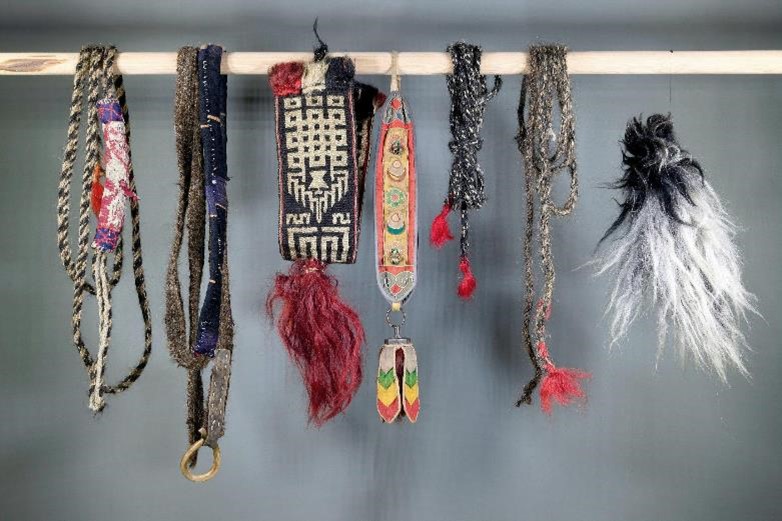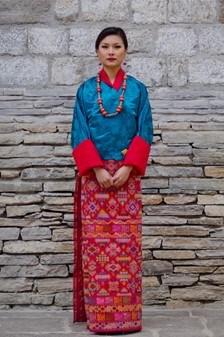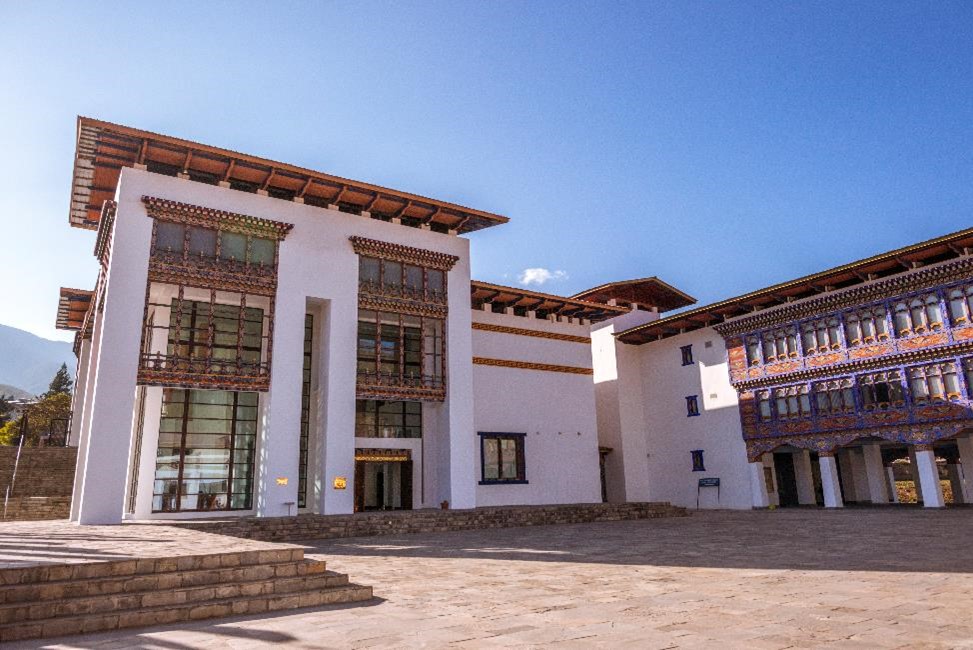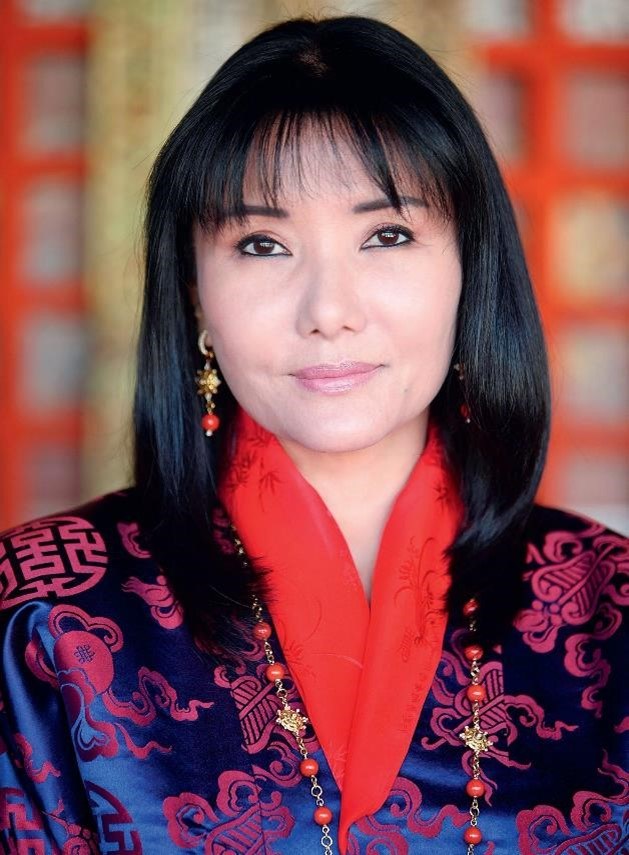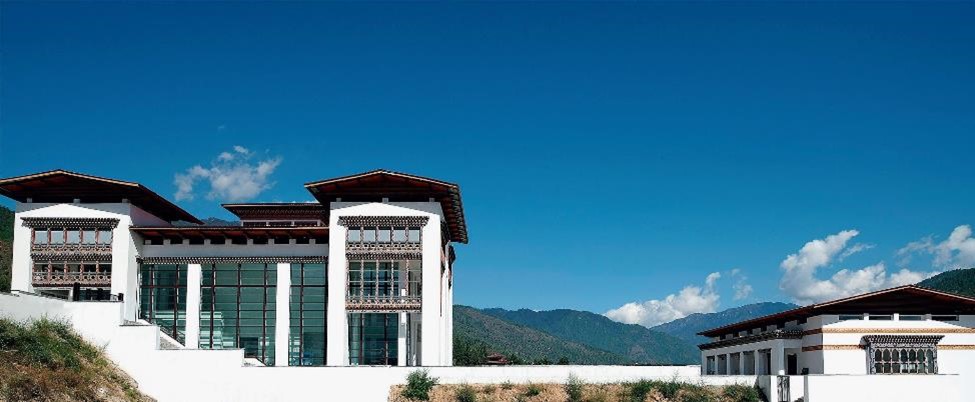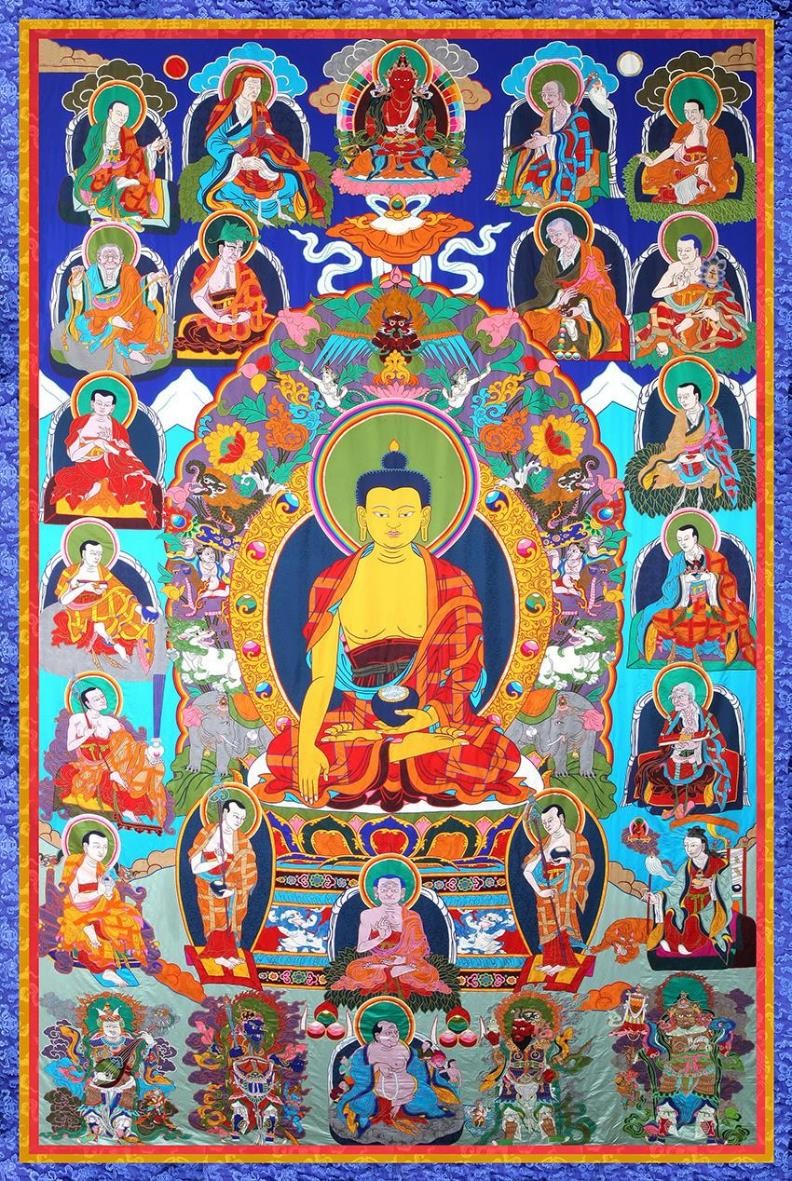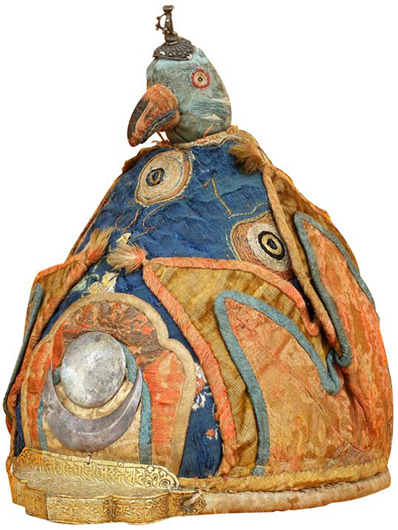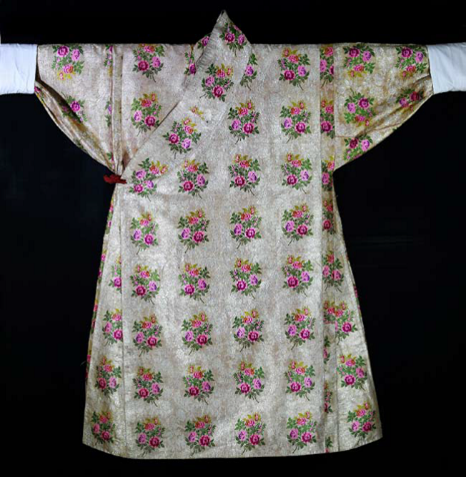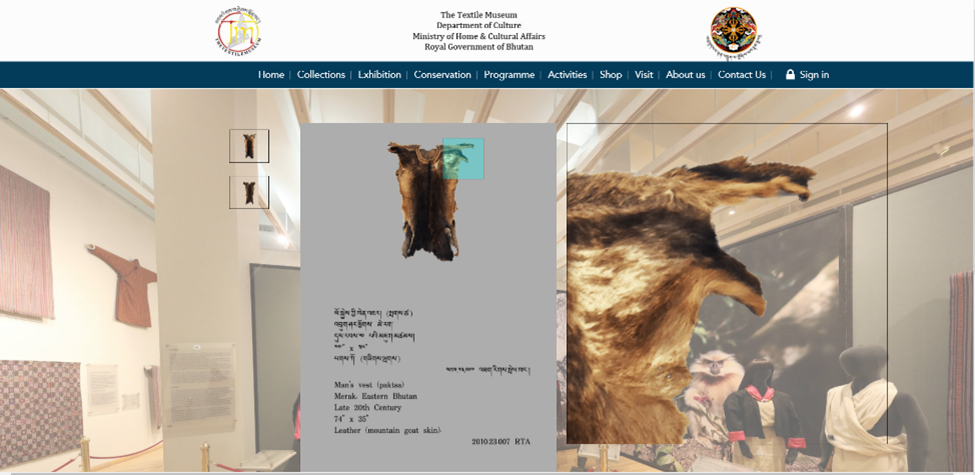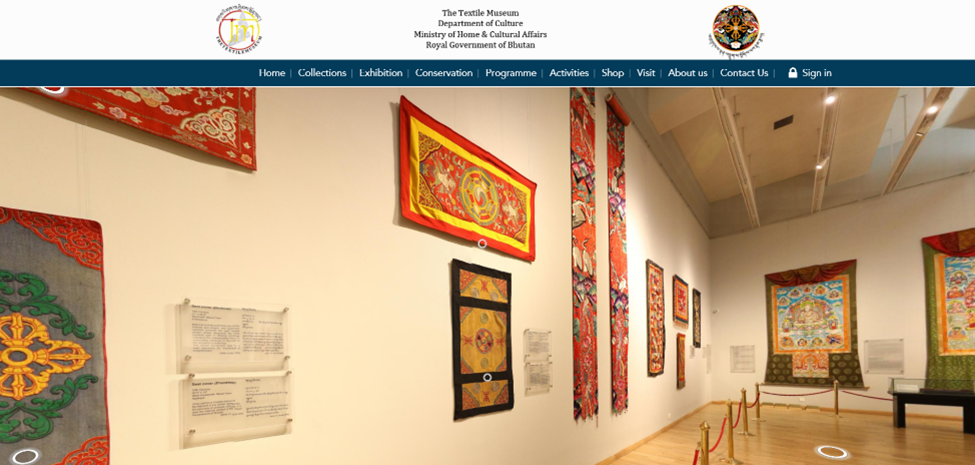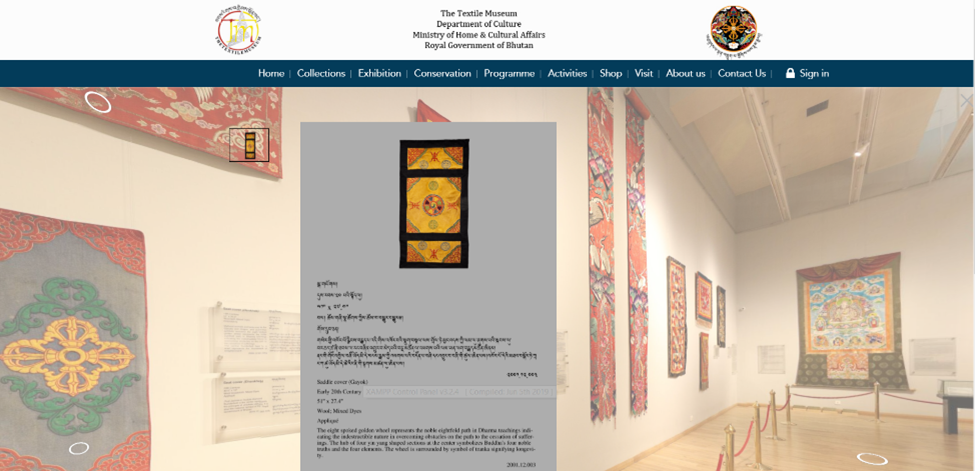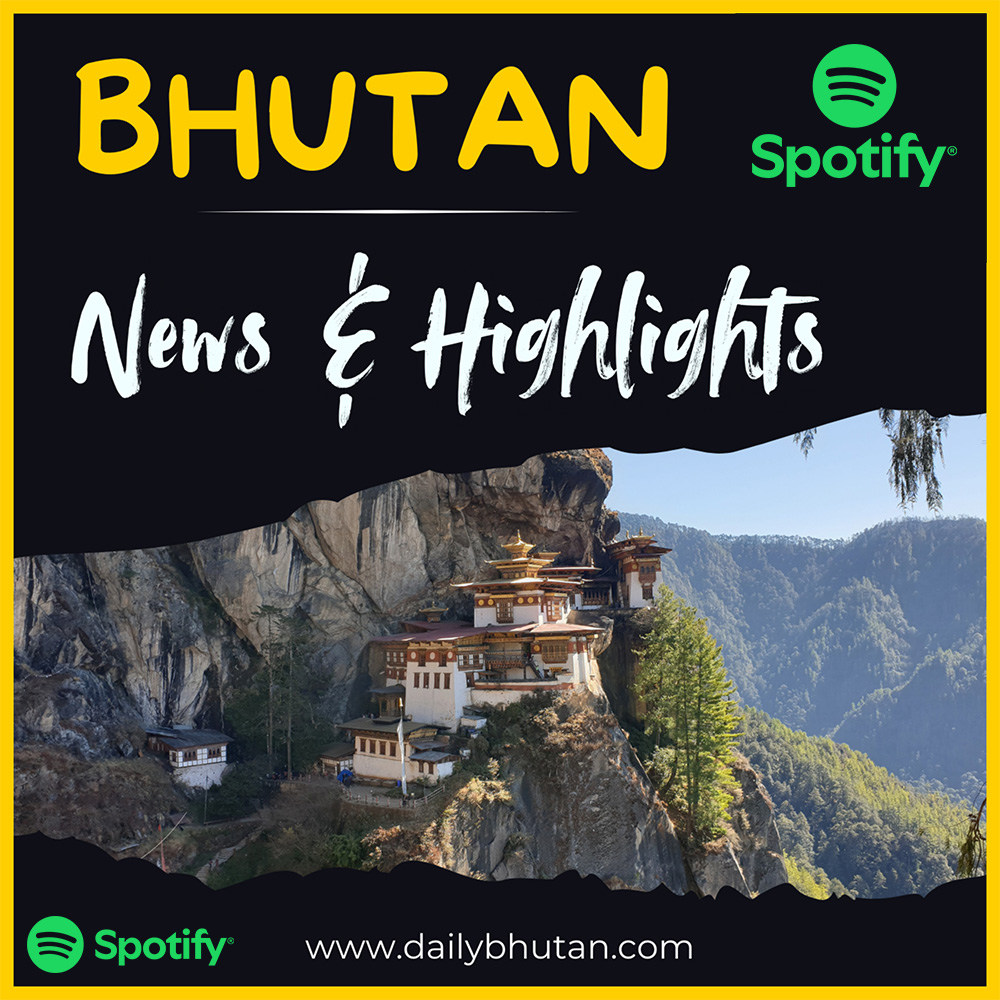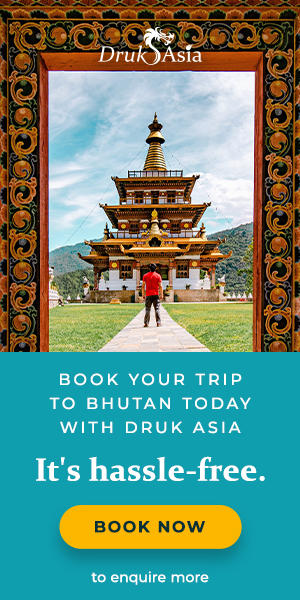A virtual exhibition is scheduled to be launched on 21st February, 2021 coinciding with the birth anniversary of His Majesty the King Jigme Khesar Namgyal Wangchuck. Mark your calendar!Bhutan’s development paradigm is based on values propounded in the Gross National Happiness (GNH) vision. GNH is a holistic approach to development that emphasizes the importance of ensuring the overall well being and happiness of the people while pursuing economic prosperity. This development policy is built on four pillars; namely, preservation of our pristine natural environment, promotion of our cultural and traditional values, equitable and sustainable development, and good governance.
Such a specific and supportive development policy has allowed for many aspects of Bhutan’s culture to gain momentum in the last few decades.
Weaving is integral to Bhutanese traditional life; it’s significant role and the subsequent production of cloth has persuasive influence on many aspects of socio-cultural, economic, and political as well as ceremonial and religious life. Over the years, the craft of weaving cloth as a necessity among primarily agrarian families evolved into an art form that has given the country’s textiles a distinctive and unique identity.
In the 1960’s when Bhutan joined the United Nations as one of the member states, the self-imposed isolation was not synonymous with static stagnation. The textile traditions while distinctively Bhutanese in character reflect influences shaped by weaving techniques and ideas from the South and South East Asia region. The cross fertilization of ideas and techniques enhanced the sophistication, and artistic mastery of the weavers throughout the country. While embracing technology and modern trends in society, Bhutan also actively works to recognize and protect aspects of its cultural heritage which may be eroded or overwhelmed by the inevitable phenomenon of global homogeneity.
Accessories made from Yak hair
Bhutanese weavers living within a wide range of agro-ecological conditions use fibers and dyes, all locally produced, to create a variety of fabrics. The Brokpas and Layaps inhabit the high altitude pastures in north east and northernmost regions of Bhutan, bordering Tibet and the Indian state of Arunachal Pradesh. These nomadic yak herders use the coarse outer hair and the soft undercoats of yaks to create various fabrics for their distinctive regional costumes and utilitarian textiles such as tents, bags, sacks which suitable for their nomadic lifestyles.
The weavers in the temperate sheep rearing regions in central Bhutan have developed an amazing reservoir of skills and techniques for production of woolen textiles. At the lower subtropical altitudes Bura (raw silk), cotton and nettle fibers are used to produce textiles of exquisite artistry and durability. While there are commonalities in the techniques and patterns across the country, the regional and ethic differences enhance the richness of its textiles.
Although the term thagzo translates to weaving, its meaning encompasses related activities such as collection of raw materials, preparation of yarns, uses of indigenous dyes and weaving textiles. This engages the largest number of crafts persons, and most of the activities involved are monopolized by women. Therefore, the art of weaving is an important avenue for women to express their creativity and individuality and it is also a source of livelihood for many rural people.
A living cultural Heritage
Textiles play a very important role in Bhutan; inspired by mundane everyday sights that have been portrayed in resplendent weaves by their creators, who meticulously incorporate the meaning of nature, religion and life. Each textile tells a story that corresponds to a specific time period in the weaver’s life. A bulk of the products from the weavers’ looms is mainly used for clothing. Panels of hand woven cloth are cut and stitched to make the men’s garment gho and the kira for women.
The national costumes have been promulgated by the Great Zhabdrung Nawang Namgyal, (1594-1651) the founder of Bhutan as a nation state. The code of dress was intended to give the Bhutanese a distinct identity and has in time become an essential symbol of the nation. Woven textiles are also used for making a variety of utilitarian and ceremonial items for use in the daily lives of the ordinary men and women as well the elite and the clergy. Cloth was also used as a form of currency for barter and payment of taxes. The use of cloth, thus, transcends social and political parameters.
Kira, Woman’s national dress
Gho, Man’s national dress
Changes which affect the attitude, values and perception of people are evident in every aspect of Bhutanese society today. The traditional daily use of cloth for utilitarian purposes is rapidly being replaced by other machine woven fabrics imported from India. Dress and costumes have changed, as have patterns and motifs; hand-woven textiles traditionally woven for national costumes are quickly being replaced by western style clothing which is readily available as a low cost and easy care alternative.
Despite the efforts of the Royal Government of Bhutan the challenges faced in preserving the traditional art of weaving are vast. A recent example is the drastic decline and or discontinuation of the cultivation and use of cotton and nettle fibers as a raw material for weaving. Changes in the raw material used by weavers are evident even in the remotest villages where the use of imported fibers and commercial dyes imported from India is not uncommon. Facing a serious challenge from a mass preference for the imported, affordable, factory produced cloths, Bhutanese textiles are suffering. The time consuming technique used to produce the exquisite textiles are being dismissed in favor of more ‘cost or time effective’ methods. While there is a distinct decrease and change in the daily use of handmade and traditional Bhutanese textiles, there still remains a strong pride and ownership of fine textiles.
A visit to any religious festival or Tshechu, or any celebratory gathering such as weddings, promotions etc, rural or urban, is a fashion show of the most extraordinary ghos and kira. Everyone wears their finest pieces, often passed down through generations. The strongest remaining sector of weaving continues to be cloths commissioned and patronized, such as devotional textiles for monasteries, as well as luxurious and sumptuous yardage for festivals and weddings. These commissions are handsomely paid for and support the highly skilled weavers.
In the recent years several authors have written books and articles on the textiles of Bhutan. The Peabody Essex Museum in the early 1990’s was one of the first international museums to organize an exhibition on Bhutanese textile under the royal patronage of Her Majesty the Queen Mother Gyalyum Sangay Choden Wangchuck, married to the Fourth King of Bhutan His Majesty Jigme Singye Wangchuck. This travelling exhibition and subsequent publication of a catalog; stimulated a major interest and recognition of Bhutanese textiles internationally.
Although Bhutan took pride and privilege to share its cultural heritage with the rest of the world, at the time no serious attempts to collect, document, study , conduct research and publish articles or books on Bhutanese textiles within the country, albeit the collection at the National Museum in Paro. After a few years, increased interest and self-awareness, guided by high level patronage catapulted the subject of textiles to the limelight in Bhutan.
In the late 1990’s, some valuable and unique samples of Bhutanese textiles were still available within the country, safeguarded as heirlooms or phamaishuy. It was also highly conceivable that these fine examples of Bhutanese textile heritage could perish as redundant artifacts in private collections over time. Bhutanese textiles, particularly wool and silks are highly vulnerable to insects while others maybe destroyed from improper care and handling, as well as calamities as fires. Attractive prices offered by international museums, dealers and private collectors have lured many people into selling their valuable textiles outside the country.
Her Majesty the Queen Mother Gyalyum Sangay Choden Wangchuck’s vision and purpose for establishing Bhutan’s first Textile Museum was to avert as national lament of –‘ too little too late’. Her Majesty realized that any further loss of Bhutan’s textile arts would be an irreversible impairment to an important aspect of the country’s cultural heritage. The knowledge and appreciation of the history, value, meaning, utility and the methods of production of Bhutanese textiles is an important component of Bhutan’s cultural heritage which needed to be accessible to all Bhutanese, not simply to scholars and collectors. The establishment of The Textile Museum in Thimphu in 2001 gave the Bhutanese, as well as the world, a chance to enjoy these incredible pieces of art.
In May 2001, the Textile Museum of Bhutan was established in the capital, Thimphu, under the auspices of the Department of Culture, Ministry of Home and Cultural Affairs with financial support from the Royal Government of Bhutan (RGoB) and Danish International Development Agency (DANIDA). In a culture that has not traditionally had museums; the inauguration of The Textile Museum of Bhutan dedicated solely to the textiles arts was a monumental contribution to the protection and recognition of the textile arts.
The Textile Museum is mandated to furthering the understanding of Bhutan's achievements in the Textile Arts. It is a national center to collect, document, preserve, interpret and display Bhutan's textile heritage. It is further dedicated to fostering and promoting the living textile arts, through the specific focus on the artistic, technical significance of historic and contemporary textile traditions. This mandate is carried out through growth and maintenance of the collections, documentation and preservation, research, exhibitions, and outreach programs.
The museum is guided by international standards of collection, preservation, documentation, display and programming and operates according to the standards of excellence established by the Department of Culture, Ministry of Home &Cultural Affairs and its selected committee chaired by Her Majesty the Queen Mother Gyalyum Sangay Choden Wangchuck.
The Royal Textile Academy of Bhutan
People witnessed the opening of the museum with much delight only to realize the absence of the finest prized weavings. Among the visitors was a journalist form the Asian Wall Street Journal, who covered the event in the August 10, 2001 issue in an article titled- ‘Since Bhutan’s Textiles are so in demand, Country’s own museum can’t get enough’- the article emphasized the regrettable fact that a considerable number of the country’s textiles treasures resided abroad, particularly with two private collectors.
Dr. Frederik Paulsen, a philanthropist and Chairman, Ferring Pharmaceuticals based in Switzerland read this article in the Asian Wall Street Journal. Unfamiliar with Bhutan but being inspired by the story, he decided to locate and purchase the foreign owned collections and repatriate them back to Bhutan. An initial collection of 113 pieces was gifted to the Textile Museum of Bhutan. This was the largest and most valuable collection of artifacts to be repatriated to the country.
As the recognition of Bhutan’s textile arts has grown, and the collections required a larger venue for study, display and storage. Her Majesty the Queen Mother Gyalyum Sangay Choden Wangchuck recognized the need to expand the Textile Museum. After several visits to Bhutan, building on the success of the Textile Museum, Dr. Paulsen’s relationship with Bhutan grew from that kind gesture and further committed himself to the preservation, promotion and development of Bhutan’s textile heritage by funding the Royal Textile Academy of Bhutan.
The Royal Textile Academy of Bhutan
Under the patronage of Her Majesty Gyalyum Sangay Choden Wangchuck, the Royal Textile Academy of Bhutan (RTAB) built on 4.75 acre of leased government land was finally instituted in May 2005, with the aim to preserve and promote the art of weaving. After years of cooperation and conscientious hard work, an official grand opening was observed on the 4th, 5th and 6th of June 2013 when two of the four-planned museum phases were inaugurated.
The second phase, The Weaving and Conservation Center, funded by the Government of India (GoI), is an educational center that trains individuals in the traditional art of weaving, thereby keeping this living art alive, and at the same time encourages people to take up weaving as a means of economic sustainability. The Weaving and Conservation Center is also devoted to the preservation and restoration of Bhutanese textiles and artifacts.
Weaving and the role of textiles have been pervasive since the dawn of culture. With rapid modernization gradually eroding this cultural and artistic heritage, the establishment of the RTAB will not only help in ensuring a past, present and a future for Bhutan but also keep the tradition unimpaired and vibrant in this globalized era. RTAB is dedicated specifically to the textile arts of Bhutan and would be a national repository to collect, document, develop, preserve, exhibit and conduct research which would be appreciated and safeguarded for future generations.
One enters the grand entrance of the Textile Museum and is greeted by a 25 meter high silk appliqué wall hanging depicting the – ‘Shakyamuni Buddha in the earth witnessing pose along with the 18 Arahats’ This commanding welcome is emblematic of the richness and variety of Bhutanese textiles and the importance they hold in both lay and religious culture. The monastic body in Bhutan has a vast collection of sacred textiles which are showcased in the monasteries during the Tshechhus or religious festivals. The gigantic thongdrels are displayed on the outer walls of the monasteries which are believed not only to cleanse viewers of sins but also earn merit and avert misfortunes.
Religious wall hanging (thongdröel which directly translates to ‘Liberation at sight’) of Buddha Shakyamuni and the Sixteen Arhats (Dzongkha: Neten Chudug)
The Textile Museum currently showcases the exhibition ‘Thagzo; The Textile Weaves of Bhutan,’ which exhibits a creative array of traditional and contemporary textiles that have been woven to strict, intricate specifications. This diverse range of weaves on display will establish textiles as a means of expressing Bhutanese identity, in a manner wherein everyone may participate.
A few of the exquisite garments on display in the ‘Thagzo Exhibition.’ In the upper Gallery and ‘’ – ‘Royal Robes- Wangchuck Dynasty- in the lower gallery showcases requisite samples of royal robes of Bhutan’s Monarch’s past and present. 1907 marked the end of constant discord and political uncertainty that had beset the recorded history of Bhutan and ushered in the beginning of a hereditary monarchy. The Wangchuck Dynasty continues to promote, protect and safeguard the peace, stability and sovereignty of the country.
The First Raven Crown which belonged to the first King, Druk Gyalpo Ugyen Wangchuck
Zhablham: Worn by His Majesty the Fourth King Jigme Singye Wangchuck
Namza: His Majesty The Fifth King Jigme Khesar Namgyel Wangchuck’s Wedding Gho
The museum is presently closed to visitors in response to the COVID 19 pandemic in keeping with the protocols implemented by the Royal Government of Bhutan. The exhibitions have been digitized through a virtual exhibition that scheduled to be launched on 21st February, 2021 coinciding with the birth anniversary of His Majesty the King Jigme Khesar Namgyal Wangchuck.
Below is the sneak peek of the virtual exhibition commemorating His Majesty King Jigme Khesar Namgyel Wangchuck’s 40th Birth Anniversary
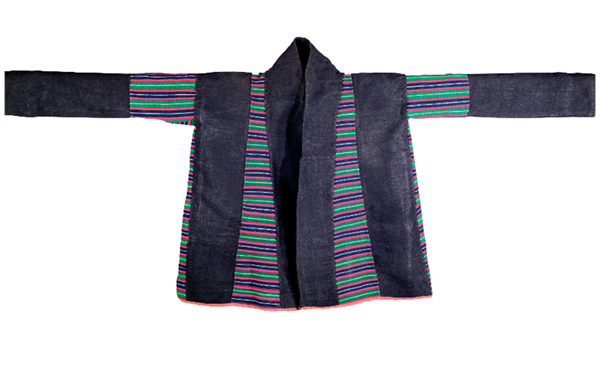 A jacket made from yak hair
A jacket made from yak hair
